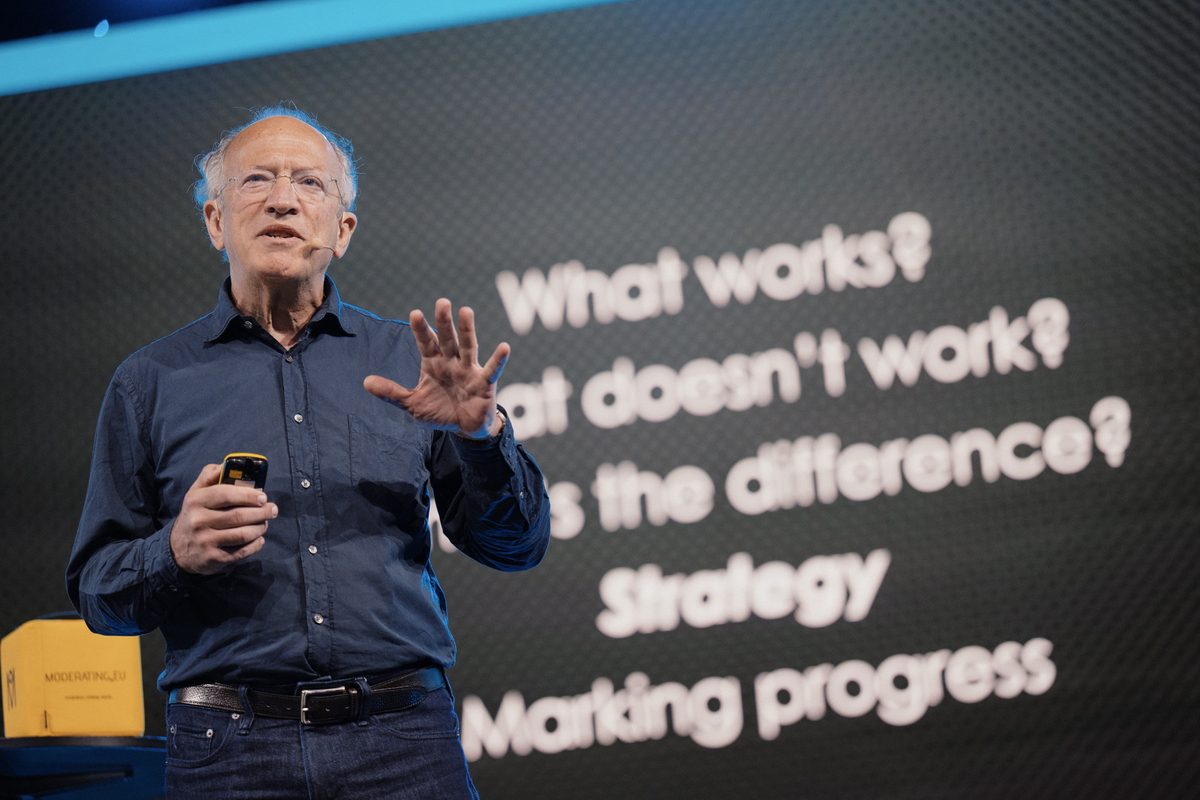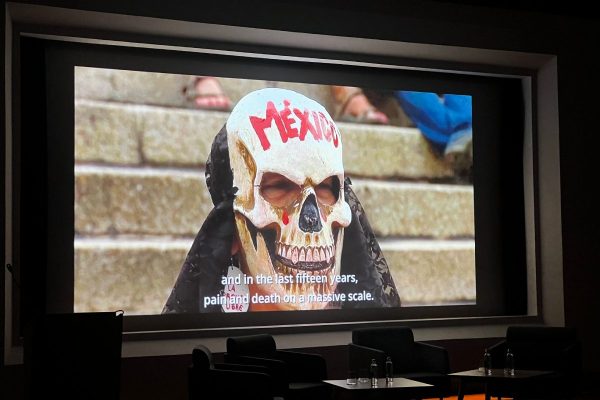The sheer scale of tackling corruption can seem insurmountable, given its widespread yet subtle nature. From small-scale bribery networks to large-scale money laundering involving senior officials, the strategies needed can seem endless.
However, one expert has identified fundamental principles that can guide successful anti-corruption efforts at any level. Professor Christopher Stone of the Blavatnik School of Government at Oxford University has developed these insights over his extensive 40-year career and shared them at the 2024 International Anti-Corruption Conference in Vilnius, Lithuania.
1. Target the Ringleaders, Not Everyone
Attempting to eliminate corruption across an entire organisation is a herculean task, particularly when corruption is deeply rooted. Instead, it is more effective to focus on the primary drivers of corruption. A prime example is the reform of Paraguay’s Housing Ministry in the mid-2010s, carried out by the newly appointed minister, Soledad Núñez. Rather than targeting every corrupt employee, Núñez zeroed in on the then-director of administration, Rufino González Flores, who was investigated for embezzlement and dismissed. She then restructured the ministry’s management, implementing merit-based HR policies and a new ethics code that had a lasting impact.
Stone refers to this strategy as the 15-70-15 rule, a concept introduced by New Orleans police reformer Richard Pennington. Pennington believed that only 15% of officers were driving corruption, 70% were complicit, and 15% were uninvolved. By removing the key corrupt figures and promoting those with integrity, he aimed to shift the majority towards a culture of honesty. The takeaway? Concentrate on the main drivers of corruption, elevate those who are not involved, and influence the majority to embrace change.
2. Measure Progress, Not Just Punishments
While punishing corrupt individuals is essential, it should not overshadow the broader goals of the organisation they belong to. Effective leaders measure success by how well the organisation fulfils its mission. For example, Pennington prioritised improving crime statistics in New Orleans over the number of jail sentences for corrupt officers. Similarly, Núñez aimed to build more homes for those in need rather than merely chasing corrupt individuals out of the organisation.
Another pertinent example is Bolaji Owasanoye, head of Nigeria’s anti-corruption commission. His investigation into corrupt practices at the Lagos seaport, which were obstructing trade, focused on understanding and resolving the issues rather than mass indictments. This approach led to improved waiting times for shipping companies and enhanced the port’s reputation and revenue.
3. Leverage Transparency
Transparency is vital for institutional change and enduring impact. Many leaders are reluctant to involve outsiders for fear of criticism. However, embracing openness is crucial. In Paraguay, Núñez’s reforms included publishing all public tenders for new homes online, and enabling the public and journalists to act as watchdogs against future corruption. In New Orleans, Pennington involved the community in policing programmes, fostering trust between officers and the public.
By focusing on key drivers, measuring organisational progress and embracing transparency, leaders can effectively combat corruption and promote lasting change. These lessons underscore that while the battle against corruption is challenging, it is far from impossible.
Explore the Masterclasses >


